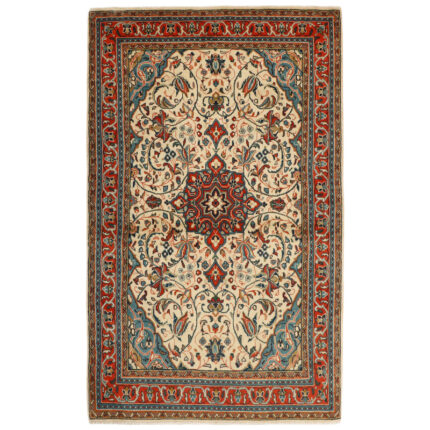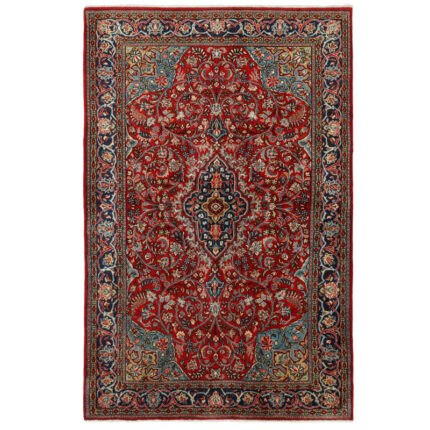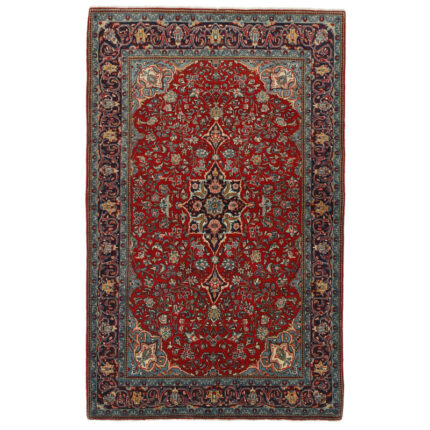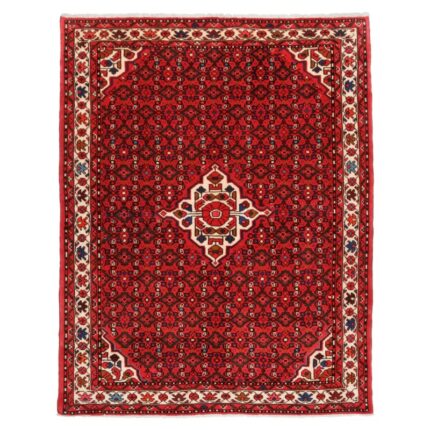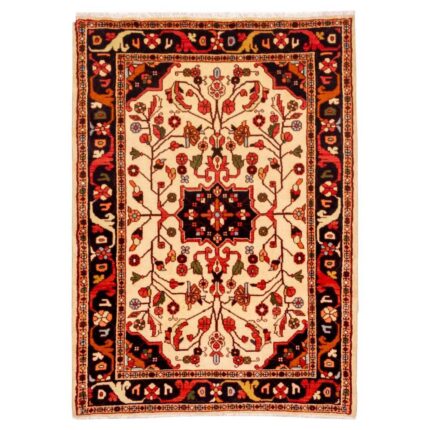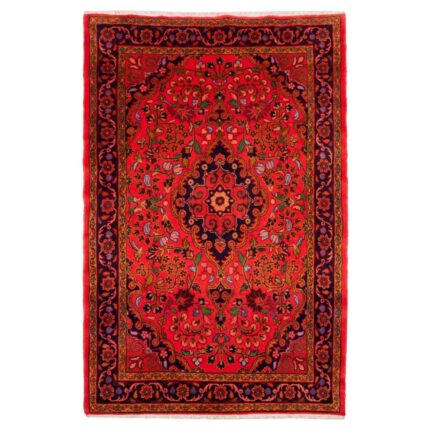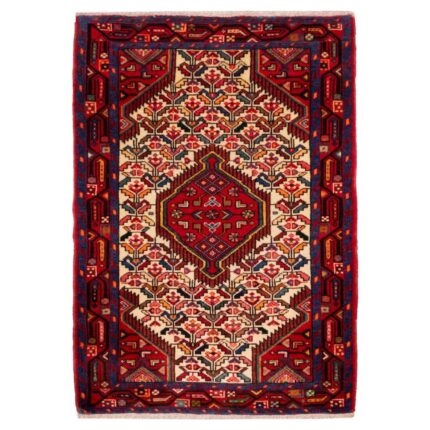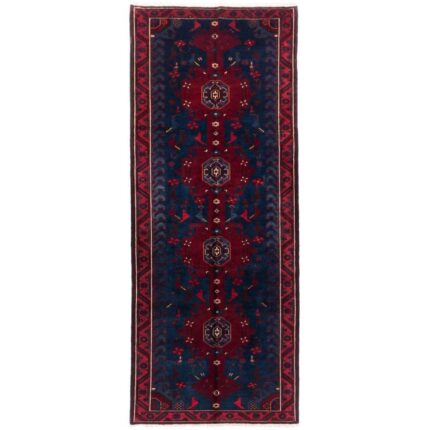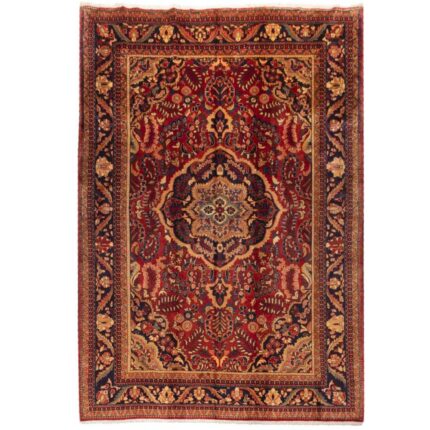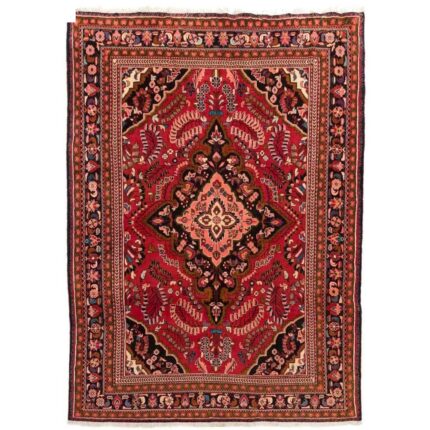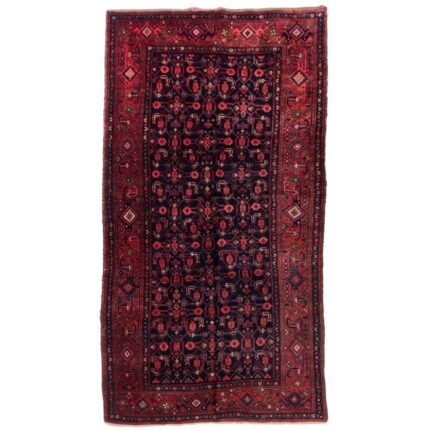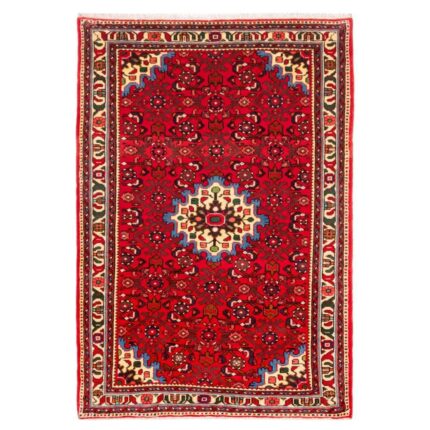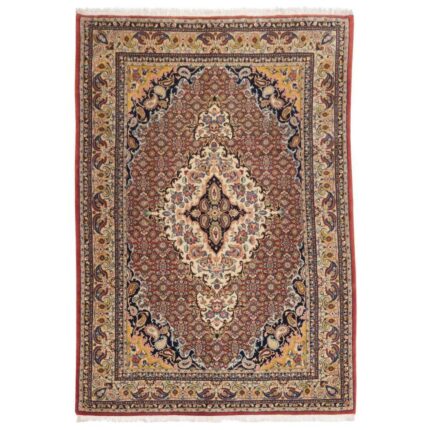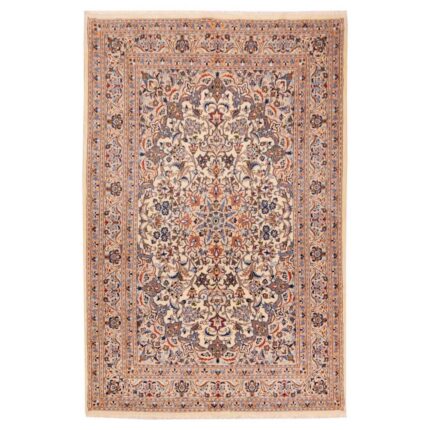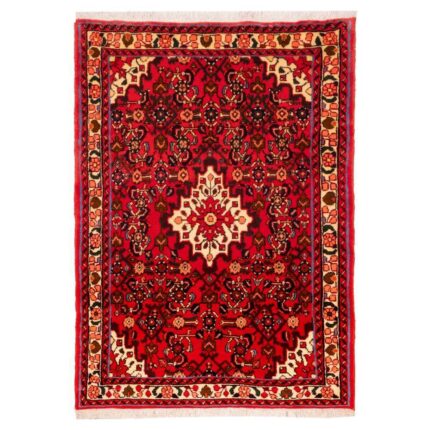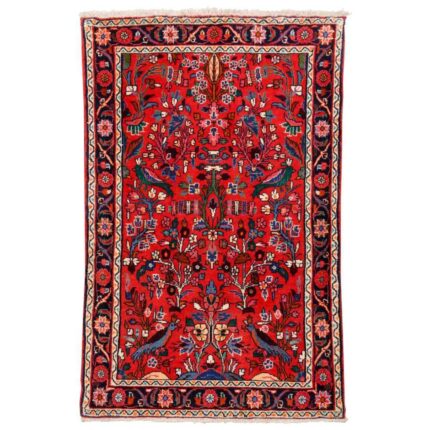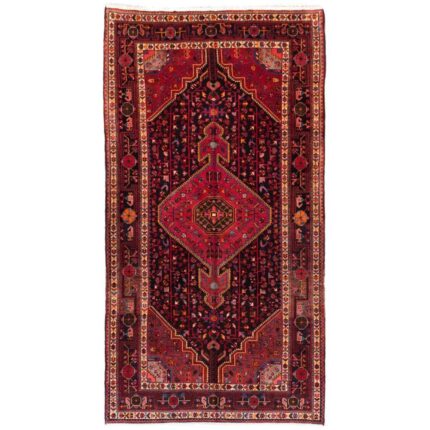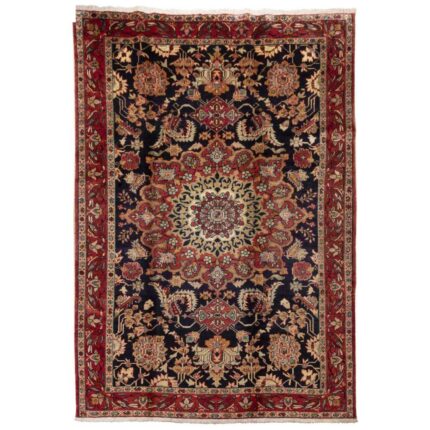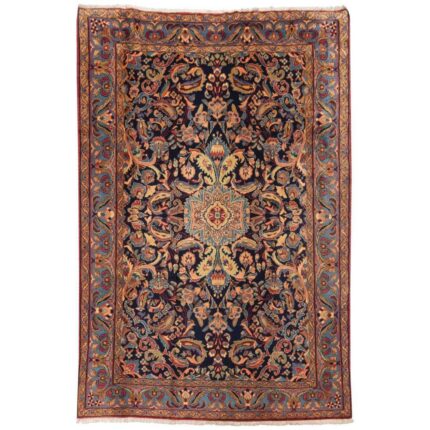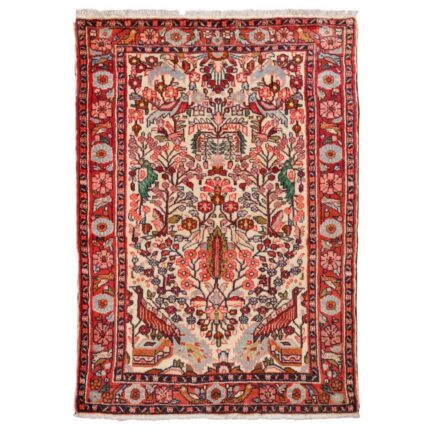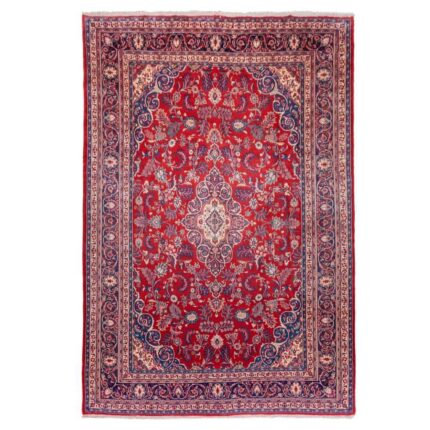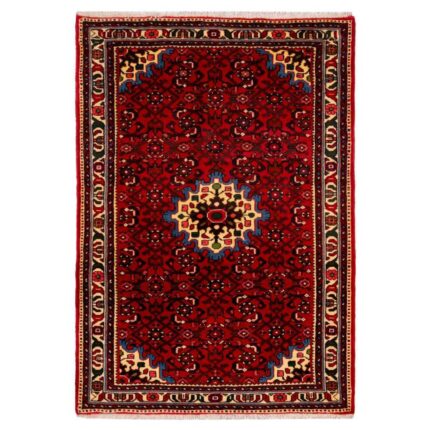Hamadan rug
Why Persian Hamadan rug?
Persian Hamadan rugs are among the most diverse and distinctive types of Persian rugs. They are hand-woven by skilled artisans in the region of Hamadan, Iran, using high-quality wool and natural dyes. They feature a variety of designs, colors, and sizes, ranging from floral to geometric, and from red to blue. Persian Hamadan rugs are durable, beautiful, and affordable, making them a great choice for any home.
History of Hamadan Rugs
Hamadan rugs have a long and rich history, dating back to the 16th century. Hamadan is one of the oldest cities in the world, and was once the capital of the ancient Persian empire. The rug weaving tradition in Hamadan has been influenced by various cultures and civilizations, such as the Kurds, Turks, Mongols, and Arabs. Hamadan rugs reflect the diversity and creativity of the people who made them, and each rug has its own unique story and character.
Hamadan Rug Price
The price of a Hamadan rug depends on several factors, such as the size, age, condition, and quality of the rug. Generally, Hamadan rugs are more affordable than other types of Persian rugs, because they are produced in large quantities and have a lower knot density.
Hamadan rugs can be very valuable, especially if they are antique, rare, or finely woven. The average price of a Hamadan rug can range from $200 to $2000, depending on the rug.
Where to Buy a Hamadan Carpet
If you are looking for a Hamadan carpet, you have many options to choose from. You can buy a Hamadan carpet online, from a reputable and reliable online store such as Ersaly. Ersaly is the best online store for Persian products and offers a wide selection of Hamadan carpets in different sizes, styles, and prices.
You can browse through the catalog, read the descriptions and reviews, and order your Hamadan carpet with ease and convenience. You can also enjoy free shipping and returns, and a 100% satisfaction guarantee.
Hamedan Rug
A Persian Hamedan rug is a type of Persian rug that is woven in the region of Hamadan, Iran. A Persian Hamadan rug is known for its diversity and quality, as it comes in various designs, colors, and sizes.
A Persian Hamadan rug is made with high-quality wool and natural dyes, and features a single-wefted foundation and a symmetrical knot. A Persian Hamadan rug is a perfect addition to any home, as it adds warmth, beauty, and style.
Hamadan Rug Runner
A Hamadan rug runner is a long and narrow rug that is ideal for hallways, entryways, and other narrow spaces. A Hamadan rug runner is a type of Hamadan rug, which is a type of Persian rug that is woven in the region of Hamadan, Iran.
A Hamadan rug runner has a variety of designs, colors, and sizes, and can suit any home decor. A Hamadan rug runner is durable, beautiful, and affordable, and can enhance the look and feel of your home.



